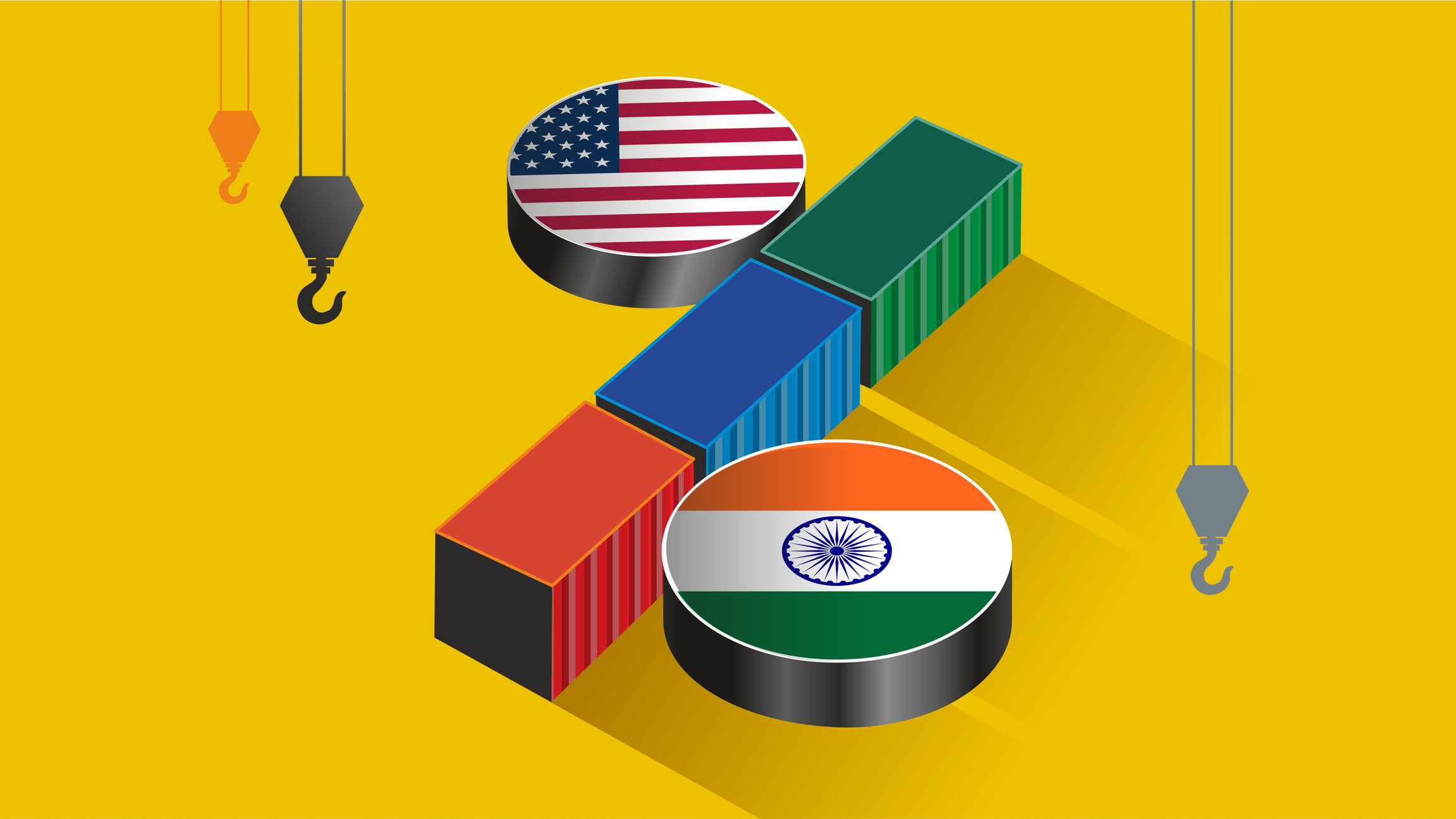A proposed 50 per cent tariff on Indian goods by the United States could backfire on American interests and hurt its own consumers, the State Bank of India’s research wing has said in a report.
The report warns that the imposition of a 25 per cent penalty, along with a suggested additional 25 per cent on trade with India, could be a “bad policy decision” for the US and its citizens. It also makes a strong case for India to continue protecting its farmers from what it calls “predatory practices” of global corporations eyeing the Indian agriculture market.
“India must continue to safeguard its agricultural sector from players unwilling to invest in long-term infrastructure, value chain development, and welfare schemes that directly impact farmers’ ease of living,” the report said.
India’s strategic edge in agri and pharma
Citing India’s progress in the dairy sector, the report noted that between 2015 and 2024, the country has outpaced both the European Union and the United States in milk production. India’s milk output rose from 155.5 million tonnes in 2015 to 211.7 MT in 2024—a 36 per cent increase—while EU output rose to 165.9 MT and the US to 102.5 MT over the same period.
In the pharmaceutical sector, India remains a critical player in the global supply chain, particularly for affordable, high-quality generics used in the treatment of cancer, chronic illnesses, and infectious diseases.
“India supplies around 35 per cent of the US’s generic drug requirements. Any shift in manufacturing or API sourcing will take at least 3–5 years to stabilise capacity elsewhere,” the report said.
Cost to US consumers
With per capita health expenditure in the US standing at roughly $15,000 per year, the SBI report warns that tariffs on Indian pharmaceuticals would substantially raise costs for American consumers.
It also pointed out that the US government’s Medicare and Medicaid programmes account for 36 per cent of national health expenditure, which stands at 17.6 per cent of the GDP.
“Imposing tariffs on Indian generics runs contrary to the US’s aim of shrinking general government expenditure. It will only increase both public healthcare outlays and the private out-of-pocket burden,” the report said.














